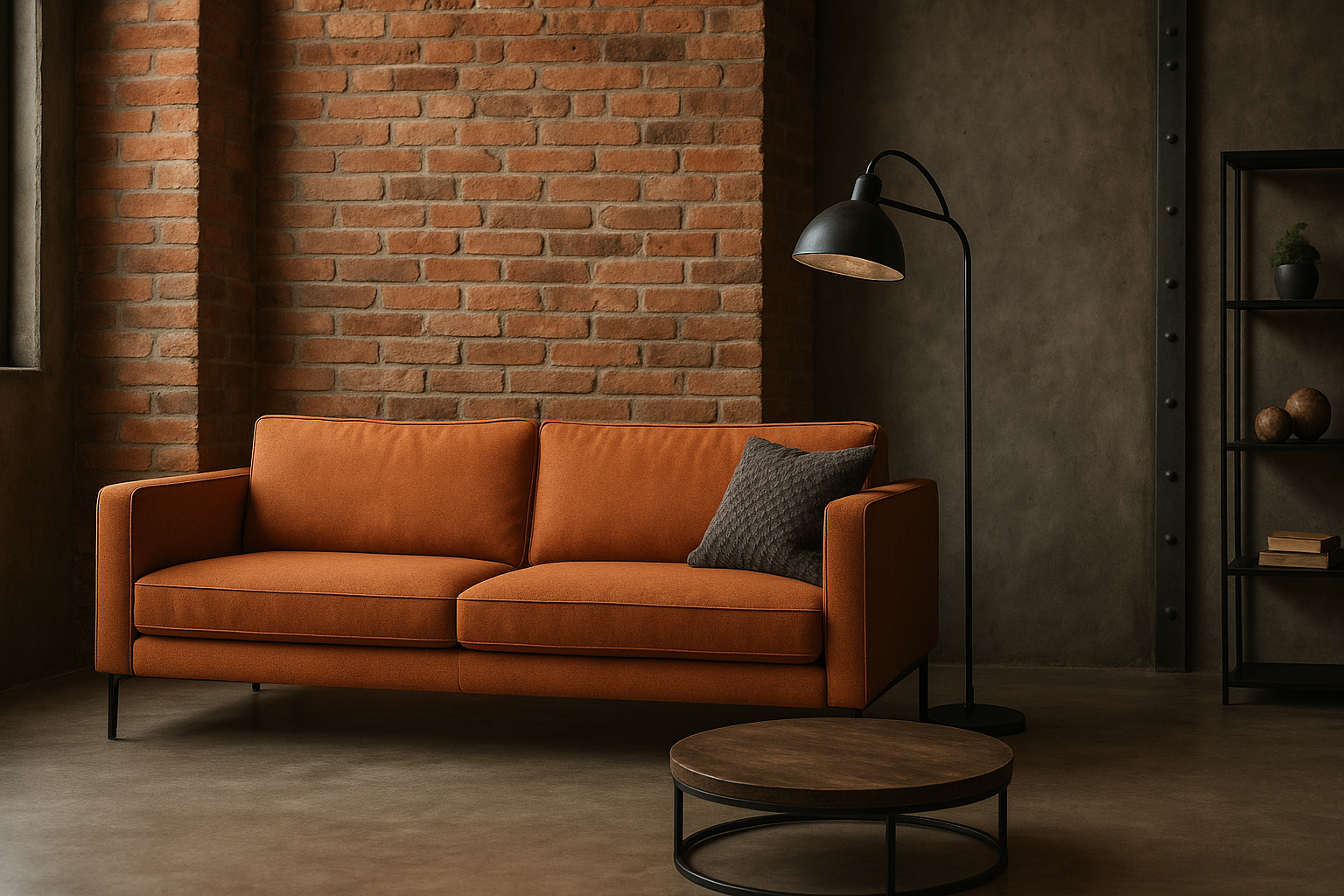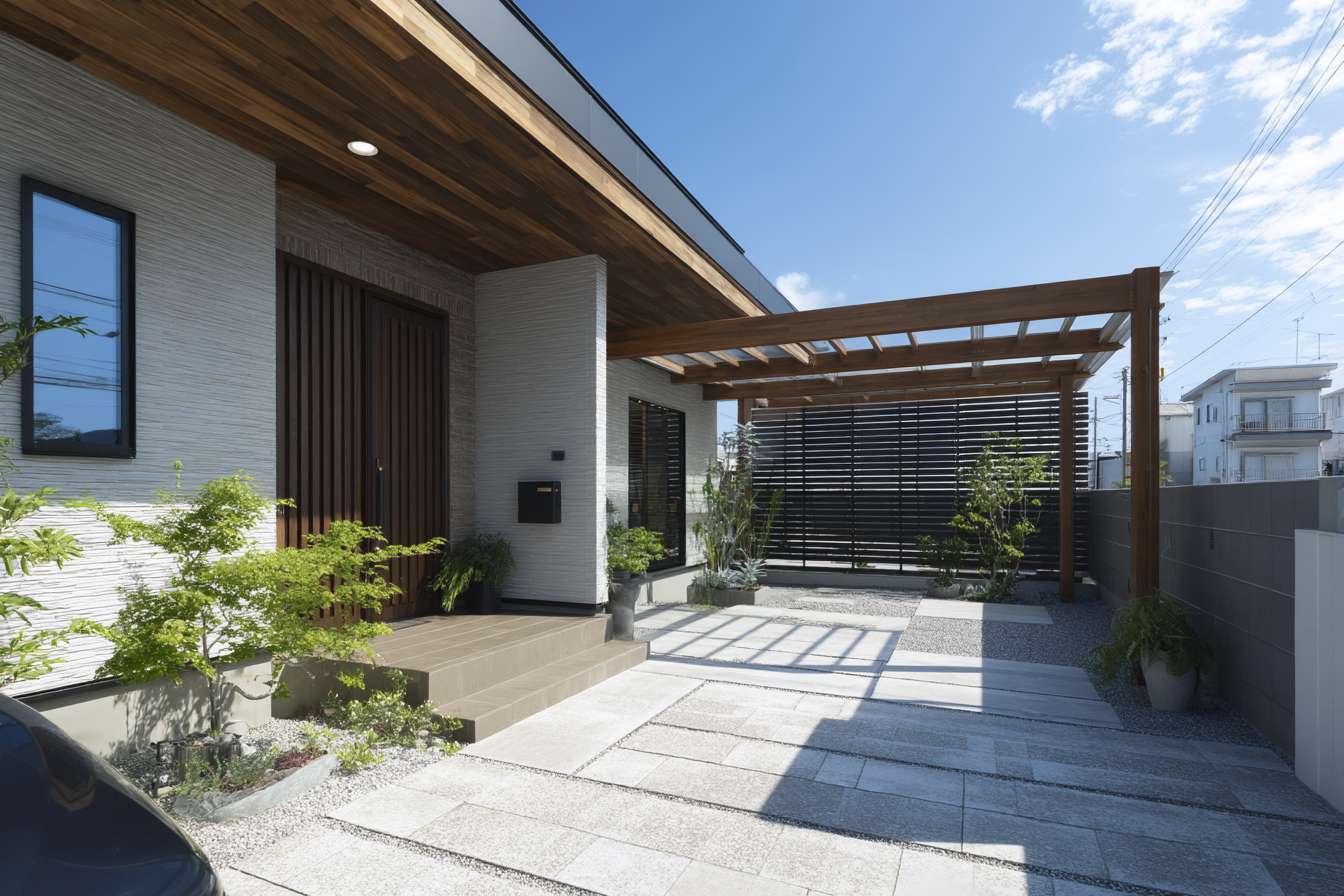Coffee Table Guide: Finding the Perfect Style, Size, and Functionality for Your Space
The coffee table stands as the centerpiece of most living rooms, balancing form and function while anchoring the entire space. Beyond merely holding drinks and remote controls, today's coffee tables serve as statement pieces that reflect your aesthetic sensibilities while meeting practical needs. When chosen thoughtfully, the right coffee table can transform your living area, complementing your existing furniture and enhancing the room's flow. This guide explores everything from style considerations to practical features, helping you navigate the vast options available to find your perfect coffee table.

Popular Coffee Table Styles for Modern, Rustic, and Minimalist Interiors
The coffee table you select can dramatically influence your room’s overall aesthetic. For modern interiors, sleek designs with clean lines and mixed materials like glass tops with metal frames create contemporary elegance. These tables often feature geometric shapes and minimal ornamentation, emphasizing function and form equally.
Rustic interiors benefit from coffee tables made of reclaimed wood, often with natural edges and visible grain patterns. These pieces bring warmth and character to the space, with details like exposed joinery, iron accents, or distressed finishes enhancing their charm. Live-edge wooden slabs have become particularly popular, offering one-of-a-kind statement pieces that celebrate natural imperfections.
For minimalist spaces, look for coffee tables with simple silhouettes and restrained details. Low-profile designs with hidden storage compartments work particularly well, as do monochromatic pieces that blend seamlessly into the environment. Materials like light wood, marble, or matte-finished surfaces maintain the clean, uncluttered feel essential to minimalist design while still providing necessary functionality.
How to Choose the Right Coffee Table Size and Shape Based on Room Layout
The dimensions and shape of your coffee table should be determined by your room’s proportions and seating arrangement. As a general rule, your coffee table should be approximately two-thirds the length of your sofa for visual balance. Height-wise, it should align with or sit 1-2 inches below your sofa’s seat cushions for comfortable use.
For standard layouts, rectangular coffee tables work well, providing easy access from all sides of a traditional seating arrangement. Round or oval tables are excellent for smaller spaces or rooms with children, as they eliminate sharp corners and improve traffic flow. They also work beautifully in conversation areas where seating surrounds the table from all angles.
Consider your movement pathways when placing your coffee table. Leave 12-18 inches between the table and seating for comfortable leg room, while ensuring everyone can easily reach the surface. In larger rooms with multiple seating groups, consider using several smaller tables rather than one oversized piece to maintain proper scale and accessibility.
Materials That Influence Durability and Aesthetic Appeal
The material of your coffee table significantly impacts both its longevity and visual impression. Solid wood tables offer timeless appeal and exceptional durability, with hardwoods like oak, maple, and walnut providing decades of use when properly maintained. Each wood species brings its own color and grain pattern, allowing for personalization while maintaining natural warmth.
Glass-topped coffee tables create an airy, open feeling ideal for smaller spaces, as their transparency reduces visual weight. While tempered glass offers reasonable durability, consider factors like fingerprints, cleaning maintenance, and edge safety, particularly in homes with young children. Many contemporary designs combine glass tops with metal, wood, or stone bases for added interest.
Metal coffee tables—whether in steel, brass, iron, or aluminum—provide industrial chic appeal and outstanding durability. These materials can be formed into intricate designs or minimalist frames, supporting various top materials or standing alone as solid pieces. Metal offers exceptional strength-to-weight ratios and resistance to damage, making these tables excellent long-term investments.
Functional Features: Storage, Lift Tops, and Nesting Designs
Today’s coffee tables often incorporate clever functionality beyond surface space. Tables with built-in storage—drawers, shelves, or hidden compartments—help maintain living room organization by concealing remote controls, gaming equipment, and reading materials. Some feature divided internal sections, allowing for systematic organization of smaller items.
Lift-top coffee tables represent one of the most practical innovations, with surfaces that raise to comfortable working or dining height. This transformation creates an instant desk or dining surface without requiring additional furniture, perfect for apartment dwellers or multipurpose rooms. When lowered, these tables appear as standard coffee tables, concealing their dual functionality.
Nesting coffee tables offer flexibility for entertaining and everyday use. These sets typically include 2-3 tables of graduated sizes that can be arranged separately when needed or tucked together to save space. This adaptability makes them ideal for smaller living rooms or spaces that frequently host gatherings, allowing you to expand your surface area temporarily without permanent space commitment.
Trending Coffee Table Designs That Blend Form With Multifunctional Use
The latest coffee table trends focus on multifunctionality without sacrificing style. Modular designs featuring movable sections allow users to reconfigure their tables based on specific needs. Some models include rotating or sliding components that reveal different surfaces or storage areas, adapting to various activities throughout the day.
Biophilic coffee tables incorporate living elements like built-in planters or terrariums, satisfying the growing desire to connect with nature indoors. These designs range from subtle accents to statement pieces where plants become integral to the table’s aesthetic, offering both beauty and the psychological benefits of indoor greenery.
Technology integration represents another significant trend, with coffee tables featuring wireless charging capabilities, Bluetooth speakers, or temperature-controlled compartments. Some high-end models even incorporate touch screens or projection capabilities, transforming the humble coffee table into an interactive entertainment hub. These tech-forward designs typically maintain clean aesthetics, concealing their technological components within sleek exteriors.
Conclusion
The perfect coffee table balances practical considerations with personal style preferences. By understanding how different styles complement various interior designs, sizing appropriately for your space, selecting materials that match your lifestyle needs, and considering functional features that enhance usability, you can find a piece that serves as both a functional anchor and design statement. Whether you prioritize traditional craftsmanship, innovative functionality, or cutting-edge design, today’s coffee table options offer solutions for every lifestyle and aesthetic vision.




